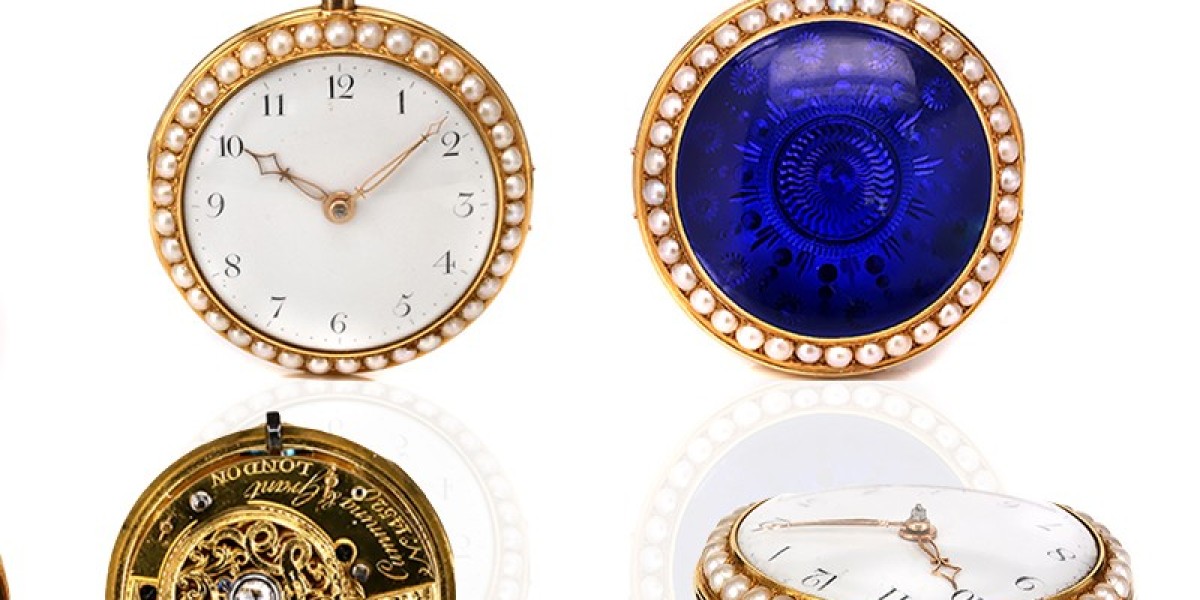In the realm of timekeeping, watches have always served as both functional and artistic objects. For centuries, watchmakers have taken great pride in crafting timepieces that not only tell time but also reflect the intricate interplay between precision craftsmanship and aesthetic beauty. These masterpieces, often passed down through generations, carry within them the stories of the past and the legacies of their creators.
Yet, as time marches on, many of these horological treasures risk being forgotten, relegated to dusty attics or hidden away in forgotten corners. Recognizing the need to preserve and celebrate the rich history of watchmaking, watch museums have emerged as sacred spaces dedicated solely to the appreciation and study of horological heritage.
Among these esteemed institutions, the Watch Museum stands out as a beacon of light, serving as a sanctuary for watch enthusiasts, connoisseurs, and scholars alike. With its extensive collection of timepieces from various eras, the museum is committed to reviving these forgotten legacies and disseminating knowledge about the art and science of horology.
The Watch Museum's collection encompasses a breathtaking array of watches, spanning different centuries, continents, and styles. Its meticulously curated exhibits take visitors on a captivating journey through time, offering glimpses into the evolution of horological technology and design. From the earliest sundials and pocket watches to the complex mechanical wonders of the 21st century, the collection showcases the mastery and innovation that have defined the watchmaking industry.
But the Watch Museum's commitment to horological heritage extends far beyond mere display. The museum actively engages in research, conservation, and restoration efforts to ensure the preservation of these precious artifacts. Its team of expert horologists work tirelessly, employing their technical expertise and intimate knowledge of historical watchmaking techniques to breathe new life into damaged or neglected timepieces. Their dedication to authenticity and accuracy is evident in the meticulous restoration work carried out on every watch that enters their care.
In addition to its preservation efforts, the Watch Museum plays a pivotal role in fostering a sense of community among watch enthusiasts. Through regular exhibitions, seminars, and workshops, the museum provides a forum for the exchange of knowledge and the celebration of horology. Scholars and experts from around the world are invited to share their insights and experiences, enriching the understanding of watchmaking as a multifaceted discipline that marries art, science, and history.
Beyond the physical realm, the Watch Museum embraces the digital landscape as a means to widen its reach and engage with a global audience. Its online platform offers virtual tours, educational resources, and interactive experiences, making horological heritage accessible to individuals from all corners of the globe. Through digital initiatives, the museum strives to inspire the next generation of horologists and watch enthusiasts, cultivating an appreciation for the artistry and craftsmanship that define this timeless pursuit.
As guardians of horological heritage, watch museums like the Watch Museum carry the weight of preserving the past, present, and future of watchmaking. Their unwavering commitment to reviving forgotten legacies and their dedication to showcasing the transformative power of timekeeping devices make them indispensable custodians of this precious heritage. Through their efforts, these institutions ensure that the stories encapsulated within each timepiece endure, serving as a constant reminder of humanity's ceaseless quest for precision, innovation, and beauty.
In conclusion, the Watch Museum's commitment to horological heritage is an embodiment of the reverence and admiration that many hold for watches and the art of watchmaking. By preserving, restoring, and celebrating the legacies of timepieces, the museum perpetuates the significance of horology in our collective human narrative. This institution stands as a beacon for watch enthusiasts, scholars, and visitors to connect with the rich history behind these revered artifacts, ensuring that the craft of watchmaking continues to inspire and captivate for generations to come.








